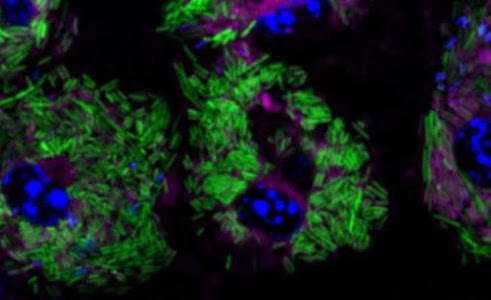 |
| Composite image: Dr Jessica Taubert |
Dr Jessica Taubert from UQ’s School of Psychology said face pareidolia, the illusion of seeing a facial structure in an everyday object, tells us a lot about how our brains detect and recognize social cues.
“The aim of our study was to understand whether examples of face pareidolia carry the kinds of social signals that faces normally transmit, such as expression and biological sex,” Dr Taubert said.
“Our results showed a striking bias in gender perception, with many more illusory faces perceived as male than female.
“As illusory faces do not have a biological sex, this bias is significant in revealing an asymmetry in our face evaluation system when given minimal information.
“The results demonstrate visual features required for face detection are not generally sufficient for the perception of female faces.”
More than 3800 participants were shown numerous examples of face pareidolia and inanimate objects with no facial structure and they were asked to indicate whether each example had a distinct emotional expression, age, and biological sex, or not.














.jpg)

